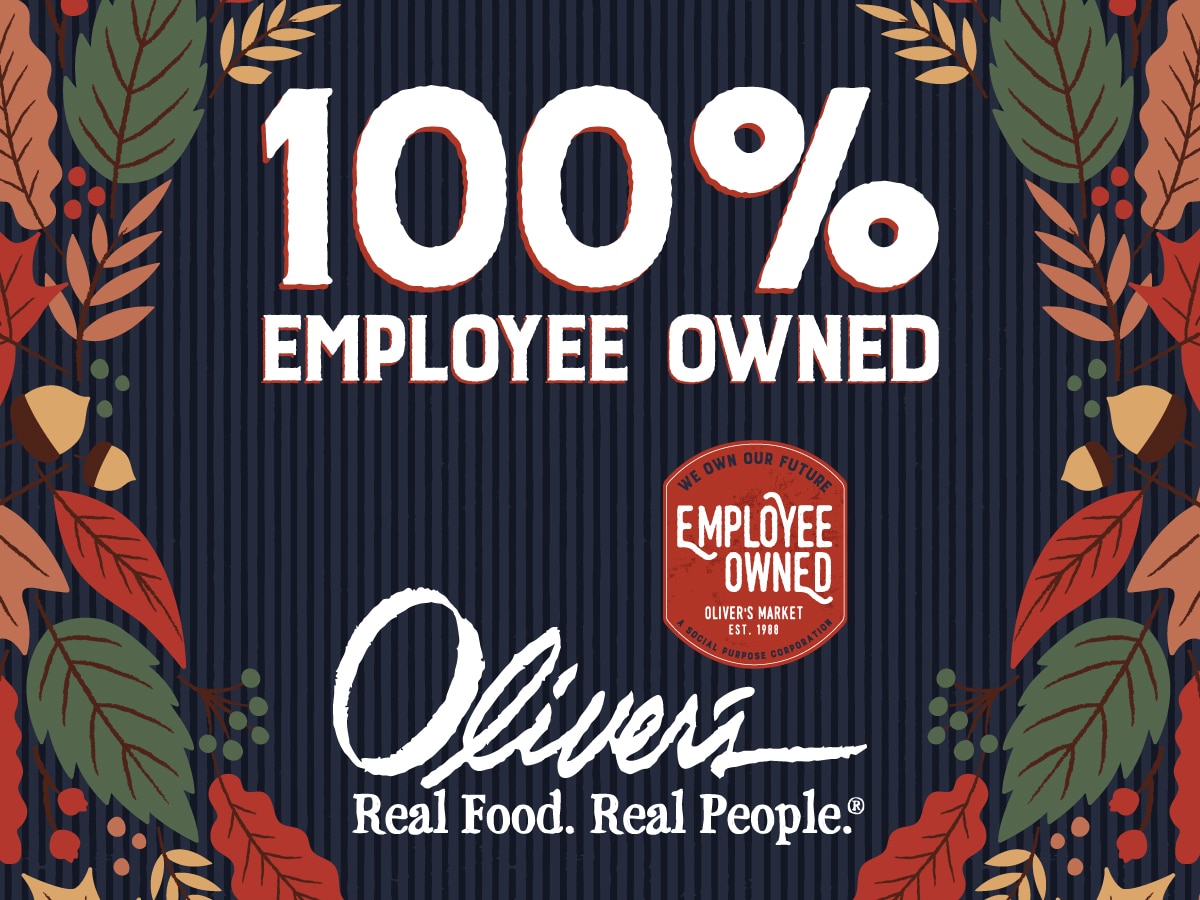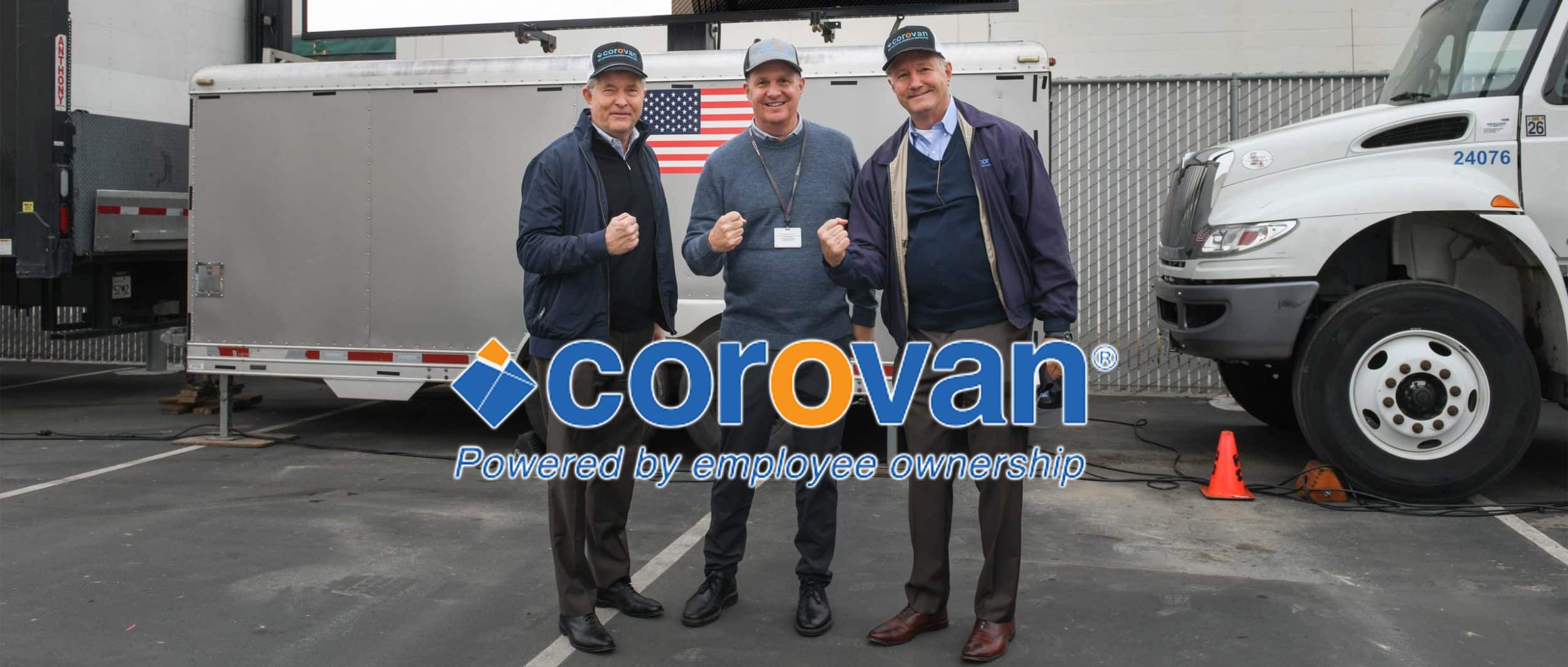MEMORANDUM
From: Legal Department
Date: January 2008
Subject: Prohibited Allocations in S Corp ESOPs
Section 409(p) of the Code, which was enacted as part of the Economic Growth and Tax Relief Reconciliation Act of 2001, sets forth anti-abuse rules for ESOPs that are maintained by S corporations. The following is to summarize the restrictions of Section 409(p), as follows:
Basic Rule: No assets of an ESOP may be allocated (directly or indirectly) for the benefit of any Disqualified Person if, at any time during the plan year, Disqualified Persons, in the aggregate, own 50% or more of the equity of an S corporation.
Thus, the test can be broken down into two steps: Step 1— identifying the Disqualified Persons, and Step 2— determining whether they own at least 50% of the equity.
Consequences: If an S corporation ESOP fails this test, then the result is a Nonallocation Year. If a Nonallocation Year occurs, then the plan loses its exemption from the unrelated business income tax (“UBIT”), and amounts that have been allocated to Disqualified Persons are subjected to one or more 50% excise taxes.
I. BASIC COMPUTATION
A. Step 1: Who Is A Disqualified Person?
A Disqualified Person is a person who:
1) owns at least 10% of all the Deemed-Owned Shares; or
2) together with his family, owns at least 20% of all Deemed-Owned Shares.
Please Note: The determination of who is a Disqualified Person is itself a two-step process. As a first step, one must use only Deemed-Owned ESOP shares (ignoring any Synthetic Equity) to make this determination. As a second step, one must use both all Deemed-Owned ESOP shares and all Synthetic Equity. Anyone who is a 10% owner (or member of a family that owns 20%) under either test is a Disqualified Person.
B. Definitions
1) Deemed-Owned Shares, with respect to any person, includes:
- S corporation stock that is allocated to that person under the ESOP;
- that person’s share of the S corporation’s stock which the ESOP holds but has not yet been allocated to plan participants. (For purposes of calculating a person’s unallocated share ownership, one assumes that the unallocated shares will be allocated in the same proportions as the last allocation); and
- Net Synthetic Equity held by that person. (All of that person’s Synthetic shares multiplied by the percentage of the regular outstanding stock that is held by the ESOP).
On the other hand, Deemed-Owned Shares do not include regular shares that the person owns outside the ESOP (“Outside Shares”). Thus, for purposes of determining who is a Disqualified Person (Step 1), one does not look at the Outside Shares. However, Outside Shares are included in the Step 2 computation below.
Please Note: Under the Temporary Regulations issued by the IRS on December 17, 2004, if the ESOP owns less than 100% of the corporation, the number of Synthetic shares (both in the numerator and in the denominator) is counted only in the same proportion that the regular outstanding stock is held by the ESOP. Thus, if the ESOP owns 30% of the outstanding shares, only 30% of the Synthetic shares will be counted.
2) Synthetic Equity includes any stock options, management stock bonus plans, restricted stock plans, warrants, deferred issuance stock rights, or similar interests that give the holder the right to acquire or receive S corporation
stock in the future, as well as stock appreciation rights, supplementary executive retirement plans, phantom stock plans, or similar rights to future cash payments based on the value of the stock. Synthetic Equity also includes all forms of nonqualified deferred compensation, (even if such deferred compensation is not payable in stock and is not measurable by reference to stock), split-dollar life insurance, and rights to acquire stock or assets of related entities.3) Family Members. For purposes of S corporation ESOPs, Family Members include:
- the spouse of the individual;
- an ancestor or lineal descendant of the individual or the individual’s spouse;
- a brother or sister of the individual or of the individual’s spouse, and any lineal descendant of the brother or sister; and
- the spouse of any person described in b) or c) above.
C. Step 2: Do These Disqualified Persons Own 50% Or More Of The Equity?
This step is referred to in the Code as the Nonallocation Year determination. Once you have identified the Disqualified Persons, you then need to determine whether these Disqualified Persons own at least 50% of the equity of the S corporation. Unlike the calculation for determining who is a Disqualified Person, for Step 2 you must look at the regular shares owned outside of the ESOP (the Outside Shares). Thus, when the Code speaks of “Shares of Stock” for purposes of the Nonallocation Year, such shares include:
- ESOP shares, both allocated and unallocated;
- Net Synthetic Equity shares for all Disqualified Persons; and
- all Outside Shares.
D. Example 1:
- There are 1,000 regular shares issued and outstanding.
- The ESOP owns 300 shares, 150 of which are allocated and 150 of which are unallocated. There are 700 Outside Shares.
- The SERP has a total of 200 shares. There is no other Synthetic Equity.
- Tom owns 70 shares outside the ESOP, 100 SERP shares, 10 allocated ESOP shares, and he will receive 10 unallocated ESOP shares in future ESOP allocations.
- There are no outside shareholders, besides Tom, participating in the ESOP.
Example 1 Analysis:
Step 1: Under the first test, which considers only Deemed-Owned Shares, Tom is a Disqualified Person. Tom owns 20 Deemed-Owned Shares under the ESOP, which is less than 10% of the 300 shares that are held by the ESOP. Under the second test, which considers Deemed-Owned ESOP Shares plus Tom’s Net Synthetic Equity shares (other Synthetic Equity shares are not counted), there are a total of 330 Deemed-Owned Shares (300 ESOP shares plus 30% of 100 shares of Tom’s Synthetic Equity). Tom owns 50 Deemed-Owned Shares: 30 SERP shares and 20 ESOP shares. Thus, Tom owns 50 out of a total of 330 Deemed-Owned Shares or 15%.
Step 2: Does Tom own 50% of the equity in this S corp?
Answer: No.The total shares of regular stock and Net Synthetic Equity held by Disqualified Persons is 1,030. 700 outside shares, 300 ESOP shares and 30 shares of Net Synthetic Equity. Tom owns 70 outside shares, 20 ESOP shares and 30 shares of Net Synthetic Equity, for a total of 120 shares or 11.7% of total equity. Since Disqualified Persons (Tom) own less than 50% of total equity, Tom can receive allocations of stock in the ESOP.
E. Example 2:
Using the same facts as Example 1, there are 1,000 total shares, and Tom is a Disqualified Person. In addition, assume the following facts:
- Another ESOP Participant, Mary, has 15 allocated ESOP shares and will receive 15 unallocated shares in the future.
- Mary also owns 630 shares outside of the ESOP, but has no SERP shares.
- Mary is not related to Tom.
Example 2 Analysis:
Step 1: Under the first test of Deemed-Owned Shares, Mary is a Disqualified Person because she owns 30 of the 300 Deemed-Owned ESOP Shares (10%). The calculations for Tom are the same as in Example 1. Consequently, both Tom and Mary are Disqualified Persons.
Step 2: Do Disqualified Persons own 50% of the equity in this S corp.?
Answer: Yes. There is a Nonallocation Year, and excise taxes will apply to Tom’s SERP shares.The calculations for Tom are the same as in Example 1. Thus, Tom owns 11.7% of the outstanding equity. Mary owns 30 ESOP shares plus 630 outside shares for a total of 660 shares, which represent 64.1% of the total outstanding equity of 1,030 shares. Together, Disqualified Persons own 75.8% of the total equity. Since the Disqualified Persons (Tom and Mary) own more than 50% of the equity in this company, neither Tom nor Mary can receive allocations in the ESOP.
Note, However: If Mary’s ESOP allocation is limited to 29 shares, she is then no longer a Disqualified Person, and Disqualified Persons (Tom) would only own 11.7% of total equity. In that case, both Tom and Mary would be eligible to receive ESOP allocations, and no excise taxes or penalties will apply.
II. FAMILY AGGREGATION RULES
As noted above, a Disqualified Person includes any person who, together with Family Members, owns 20% of all Deemed-Owned Shares. For purposes of this provision, the definition of a Family Member is extremely broad.
PLEASE NOTE: The family attribution rules of Code section 318(a) apply to each Family Member who is a participant in the plan.
III. PENALTY FOR PROHIBITED ALLOCATIONS TO DISQUALIFIED PERSONS
There are basically two consequences of a prohibited allocation: 1) the allocation is treated as a taxable distribution to the Disqualified Person, and 2) excise taxes are imposed on the company.
A. Taxable Income to Disqualified Person
The plan will be treated as making a taxable distribution (not subject to rollover) from the Disqualified Person’s account, based on the current fair market value of the allocation. If the Disqualified Person is under age 59½, a 10% excise tax on premature distributions will also applyB. 50% Corporate Excise Taxes
If the prohibited allocation occurs during the First Nonallocation Year, the penalty tax is 50% of the fair market value of all Deemed-Owned shares held by all Disqualified Persons.If the prohibited allocation occurs after the First Nonallocation Year, the penalty tax is 50% of the fair market value of the prohibited allocation in the Nonallocation Year, plus 50% of the fair market value of the shares on which Synthetic Equity is
based that are held by Disqualified Persons in the Nonallocation Year.C. Other Consequences
If the ESOP is leveraged, the loan will be deemed a prohibited transaction. In addition, the ESOP will be subject to the Unrelated Business Income Tax on any S corporation distributions, and the ESOP may lose its tax-qualified status.
IV. EFFECTIVE DATES
If the ESOP was established before March 14, 2001 and such ESOP owned shares in an S corporation (i.e., the S election was effective), these prohibited allocation rules take effect for plan years beginning after December 31, 2004. For such calendar year plans, these rules will take effect in 2005.
If there was no ESOP established before March 14, 2001, the rules are effective for plan years ending after March 14, 2001. For such calendar year plans, these rules take effect in 2001.







